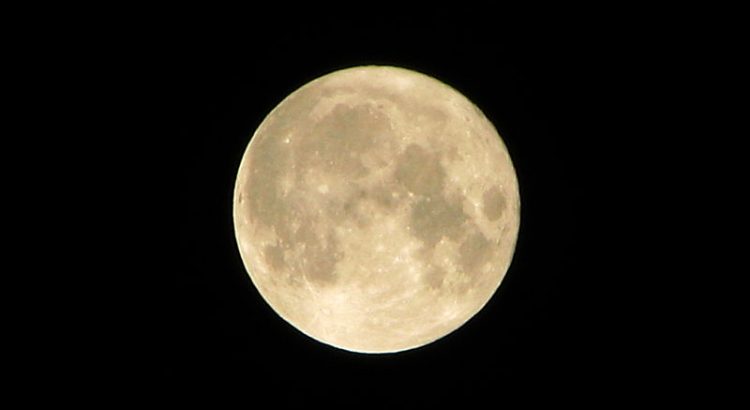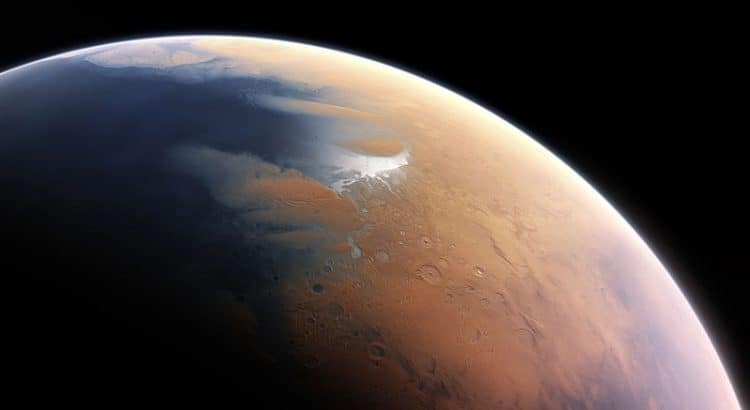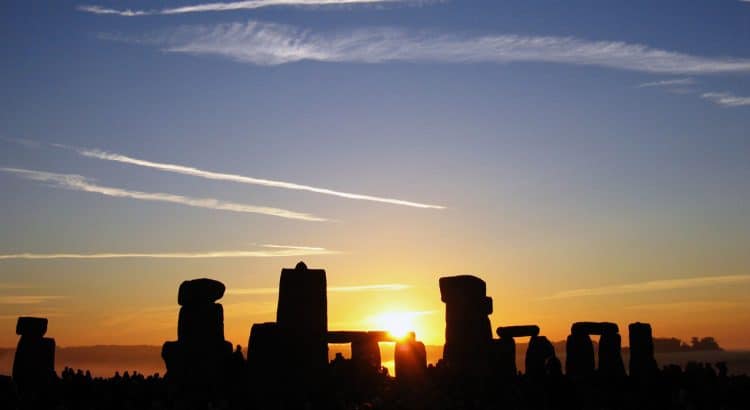The Moon (Latin: luna) is Earths satellite, and we can usually see it in the night sky
Our moon is about a quarter the size of the Earth. Because it is far away it looks small. The gravity on the moon is one-sixth of the Earth’s gravity. It means that something will be six times lighter on the Moon than on Earth. The Moon is a rocky and dusty place. The Moon drifts away from Earth at the rate of four centimeters each year.
The Moon is lit up by the sun as it goes around (or orbits) the Earth. This means sometimes people on Earth can see the whole Moon and other times only small parts of it. This is because the Moon does not send out its own light. People only see the parts that are being lit by sunlight. These different stages are called Phases of the Moon.
Humans finally landed on the Moon on 21 July, 1969.[8] Astronauts Neil Armstrong and Buzz Aldrin, landed their lunar ship (the Eagle) on the surface of the moon. Then, as half the world watched him on television, Armstrong climbed down the ladder of the Eagle and was the first human to touch the Moon as he said, “That’s one small step for a man, one giant leap for mankind.”
Source: Wikipedia


